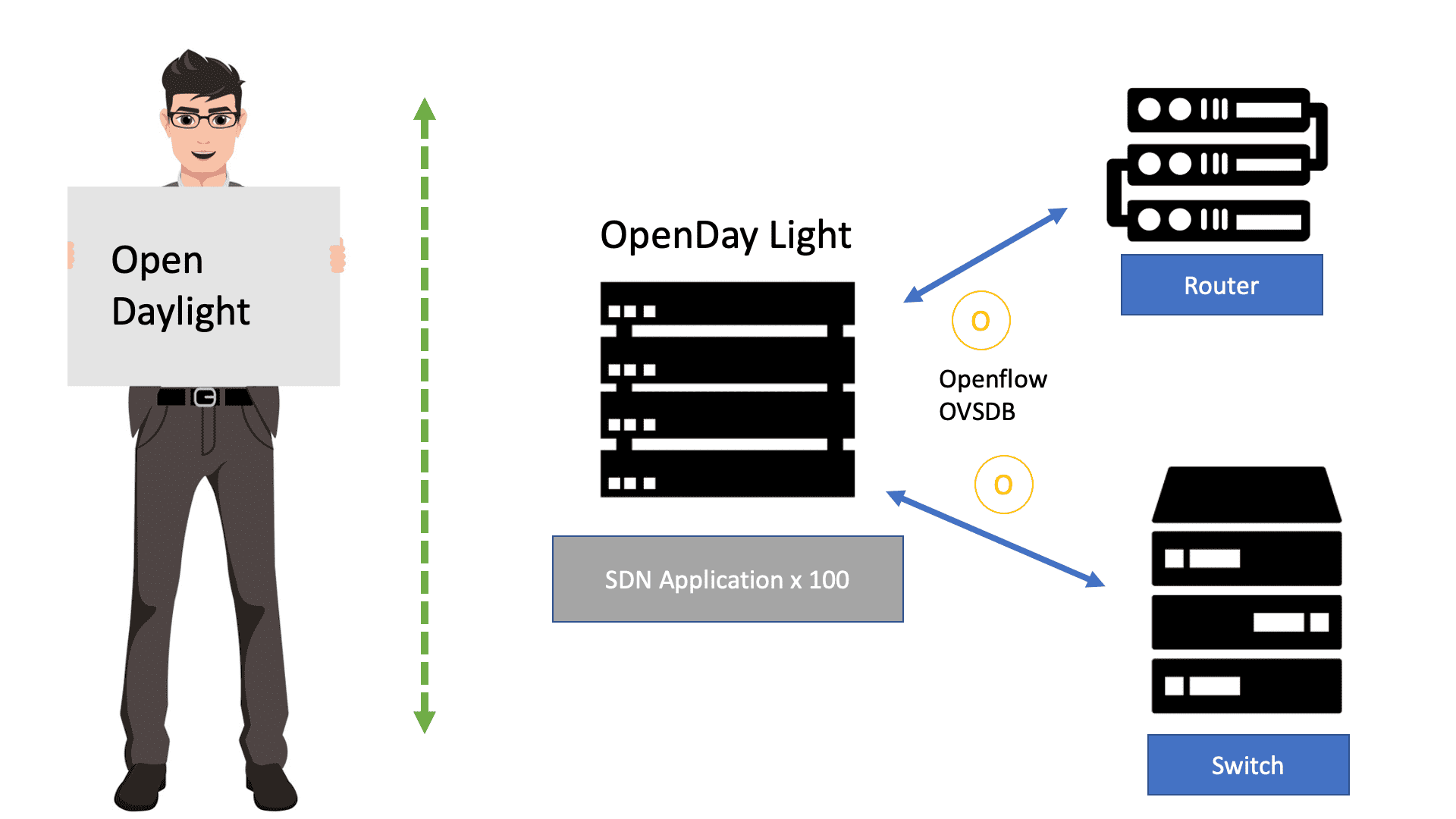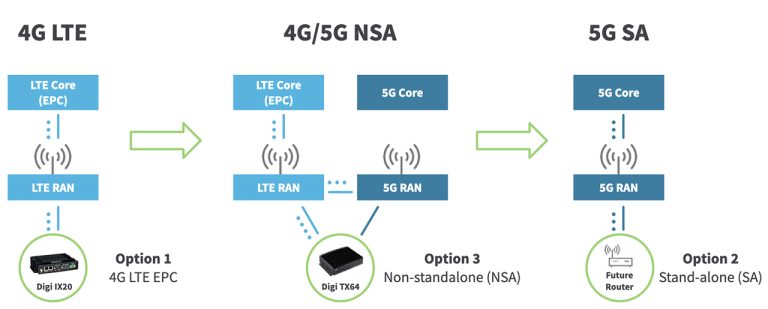Exploring OpenDaylight: Core Capabilities of the Leading SDN Controller
telcomatraining.com – As networks grow in complexity, the need for agile, scalable, and intelligent network management solutions has never been more critical. One of the most influential technologies driving this transformation is Software-Defined Networking (SDN), which separates the control plane from the data plane to enable centralized network management. At the heart of many SDN deployments lies OpenDaylight (ODL)—a powerful, open-source SDN controller that continues to shape the future of networking.
What is OpenDaylight?
OpenDaylight is an open-source SDN controller platform developed under the Linux Foundation. It serves as a central platform for developing SDN and Network Functions Virtualization (NFV) solutions. Designed with modularity and flexibility in mind, OpenDaylight enables seamless integration with diverse network devices and protocols. It is widely adopted by service providers, enterprises, and research institutions due to its robust community support and production-ready features.
Why OpenDaylight Stands Out
What sets OpenDaylight apart from other SDN controllers is its flexible architecture and support for multiple southbound protocols, such as OpenFlow, NETCONF, BGP-LS, PCEP, and more. This flexibility allows organizations to build highly customized SDN solutions tailored to specific networking needs.
In addition, OpenDaylight’s Model-Driven Service Abstraction Layer (MD-SAL) is a major innovation. It provides a structured way to define, expose, and manage services using YANG models. This abstraction allows applications to interact with the controller regardless of the underlying protocol or device specifics.
Core Capabilities of OpenDaylight
1. Modular Architecture
OpenDaylight is built on a modular framework based on OSGi (Open Services Gateway initiative), allowing developers to install only the features they need. This modularity ensures scalability, efficiency, and adaptability, making it suitable for both small-scale lab environments and large-scale production networks.
2. Protocol Flexibility
Unlike controllers that focus solely on OpenFlow, OpenDaylight supports a broad array of southbound interfaces. This includes:
- OpenFlow – For flow-based forwarding control.
- NETCONF – For configuration management.
- BGP and PCEP – For dynamic routing and path computation.
- OVSDB – For managing Open vSwitch databases.
This multi-protocol support makes OpenDaylight compatible with both traditional and modern networking environments.
3. Network Automation and Programmability
With OpenDaylight, administrators can automate network provisioning, monitor traffic patterns, and dynamically adjust configurations. This automation not only improves operational efficiency but also reduces the risk of human error. Through REST APIs and YANG-based data models, developers can build programmable network applications that integrate directly with OpenDaylight.
4. Strong Community and Industry Backing
Since its launch, OpenDaylight has gained significant traction with contributions from industry giants such as Cisco, Ericsson, IBM, and Huawei. This strong backing ensures continuous updates, security improvements, and innovation.
5. Network Topology Discovery and Visualization
ODL includes built-in tools for discovering and visualizing the network topology in real time. This feature is essential for troubleshooting, performance optimization, and capacity planning.
Use Cases of OpenDaylight
OpenDaylight’s versatility enables it to be used in various scenarios:
- Data Center Networking – Automating and orchestrating virtual and physical networks.
- Telecommunications – Managing transport networks and integrating NFV orchestration.
- IoT and Edge Computing – Providing scalable and secure network control at the edge.
- Research and Education – Offering a flexible platform for SDN research and development.
Final Thoughts
OpenDaylight continues to lead the SDN controller market due to its open architecture, wide protocol support, and vibrant community. Whether you’re a network engineer, developer, or enterprise architect, exploring OpenDaylight opens the door to building dynamic and intelligent network infrastructures.
As the networking world shifts toward more automated, software-defined environments, OpenDaylight is poised to play an even greater role in defining the next generation of network management.







